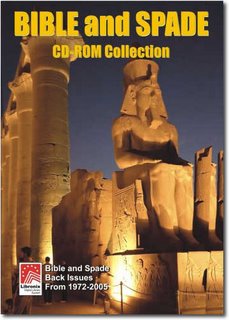We’ve commented previously on the summer excavations at Hazor, Gezer and Gath. There’s more information now on the status of other summer digs. Ironically, this was the first summer in quite some time in which everyone thought the violence had abated and there were no obstacles to a full program. Unfortunately, a decade without a war in Israel seems impossible.
The big dig wrap-up is provided by the Biblical Archaeology Society, with brief summaries by the archaeologists at the sites of Bethsaida, Yavne, Apollonia, Dan, Dor, Hazor, Megiddo, Tel Kabri, and Hippos. You can also read a local newspaper report about the excavation at Dan, pre-evacuation.
Another article reports on the completed season at Gezer (and another here). In the south of the country, the Gath dig continues full speed.
